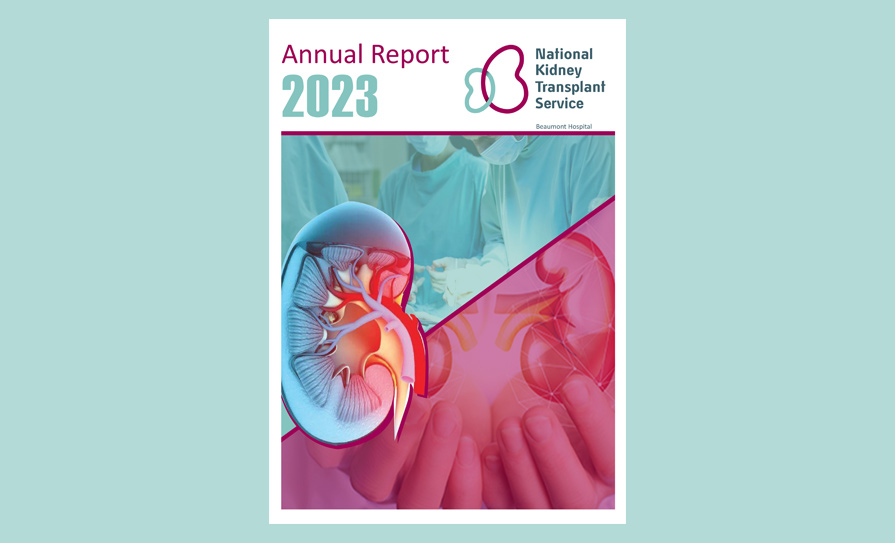The report recommends the development of a sepsis mortality prediction model and scoring system to compare age and co-morbidity adjusted hospital sepsis-associated mortality rates nationally and internationally.
According to a HSE spokesperson, however, the Executive is only at the start of a 48 month project to develop the tool. It will then need to be tested before it is deployed after the estimated 48 month period has ended, which means it could be nearly five years before the recommendation is introduced.
In total, the report contains seven key recommendations, including the introduction of new, updated Sepsis-3 forms in all acute hospitals.
“The timeline for introduction of the Sepsis-3 updated forms is by the end of the first quarter of 2018. Of note, the current Sepsis-2 forms are a more sensitive, but less specific tool,” the HSE spokesperson told <strong><em>MI</em></strong>.
There have also been delays rolling out a recommended maternity sepsis e-learning programme for all relevant doctors and nurses.
The 2013 HSE report of the investigation into the death of Ms Savita Halappanavar recommended the “mandatory induction and education of all clinical staff working in obstetrics and gynaecology on the early recognition, monitoring and management of infection, sepsis, severe sepsis, and septic shock”.
“The national team has visited all acute hospitals and provided on-site education to doctors and nurses. Medical and nursing schools have included sepsis education in their curriculae so newly qualified personnel have an enhanced understanding of sepsis and its management,” the HSE spokesperson commented.
However, just three acute hospitals have appointed dedicated sepsis nurses while all acute hospitals have multidisciplinary sepsis teams to guide implementation in their hospitals. Furthermore, these are not new appointments and the work is done in addition to pre-existing commitments. The HSE reports recommended the appointment of healthcare professionals with dedicated time to support sepsis quality improvement in acute hospitals.












Leave a Reply
You must be logged in to post a comment.